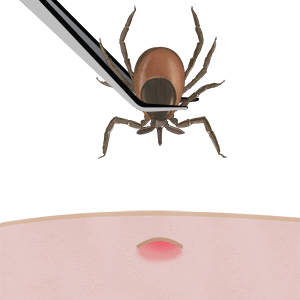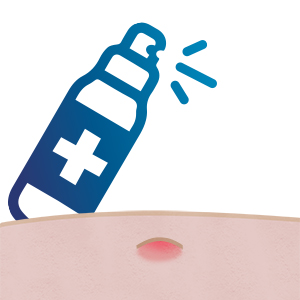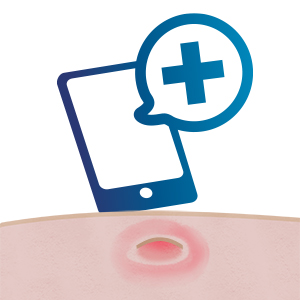Prevention is always the best treatment when it comes to tickborne diseases.
Before heading outdoors: 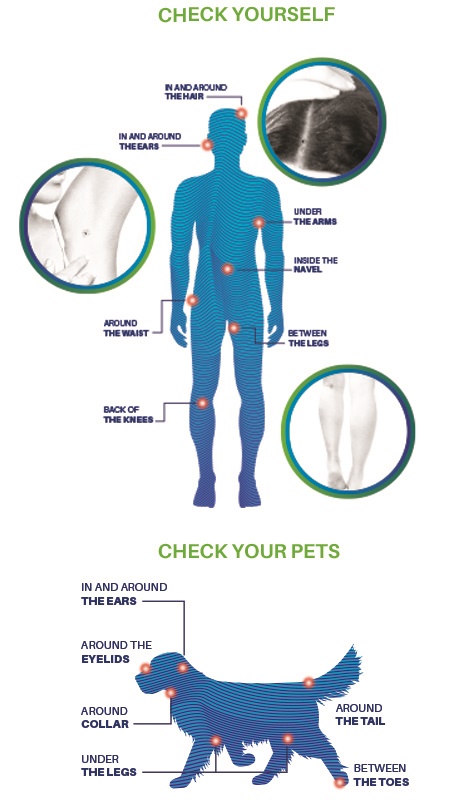
- Plan to avoid risky areas such as high grass, brush, and undergrowth.
- Protect yourself:
- Wear long clothing.
- Prepare your clothing and gear with solutions such as permethrin.
- Use EPA-registered insect repellents such as Oil of Lemon Eucalyptus (OLE)
- Be sure to apply proper preventative medication or collars to your pets.
- Be conscious of children.
- Prepare your children as vigorously as you do yourself, and always keep an eye on them to ensure they don’t wander into risky areas.
After heading back in:
- Examine clothing, gear, and pets within two hours of coming inside using the guide pictured within.
- Wash your clothes with hot water and dry them on high heat. Should you miss any ticks embedded in your clothes, the high heat will be sure to eliminate them.
- Shower within two hours of coming inside. The hot water and high pressure will safely remove ticks you may have missed, and gives you a chance to do a tick check on your body.
- Thoroughly check your body by running your fingers over areas that you can’t see without a mirror, like the back of your neck and knees. Do the same for children who have been outdoors. Remember that ticks most often bite when they are no larger than a fleck of black pepper.
If you find you have been bitten
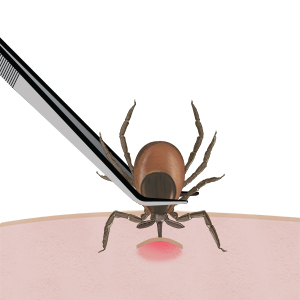
Use fine-tipped tweezers and grab the tick by the head, as close to the skin as possible, without pinching the skin.
Pull the tick away from the skin using steady, even pressure. Don’t jerk the tick in fast motions or try to twist the tick out.
- Carefully remove all parts of the tick. If the parts are too small to remove, let the skin heal normally
- Dispose of the tick in alcohol or a sealed container; flushing it or wrapping it in tape also works. Do not remove the tick with heat, nail polish, or your fingers
Wash the area with soap and water or treat with rubbing alcohol after you remove it.


